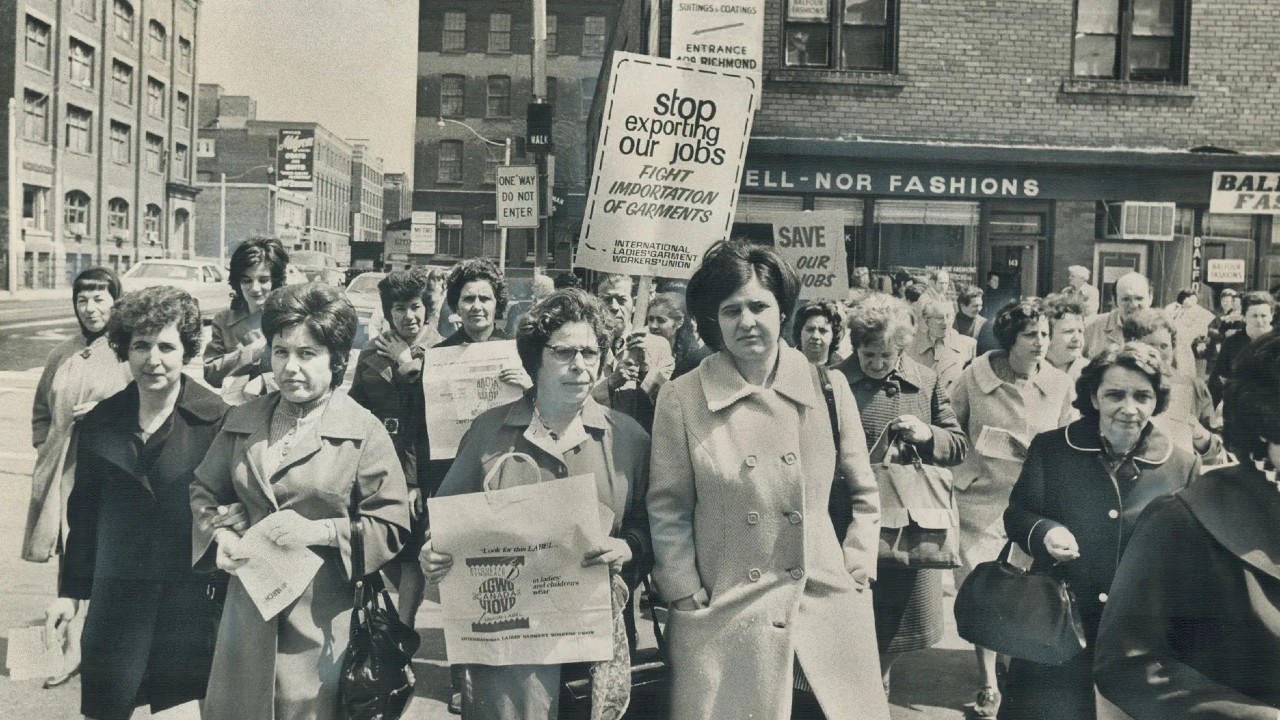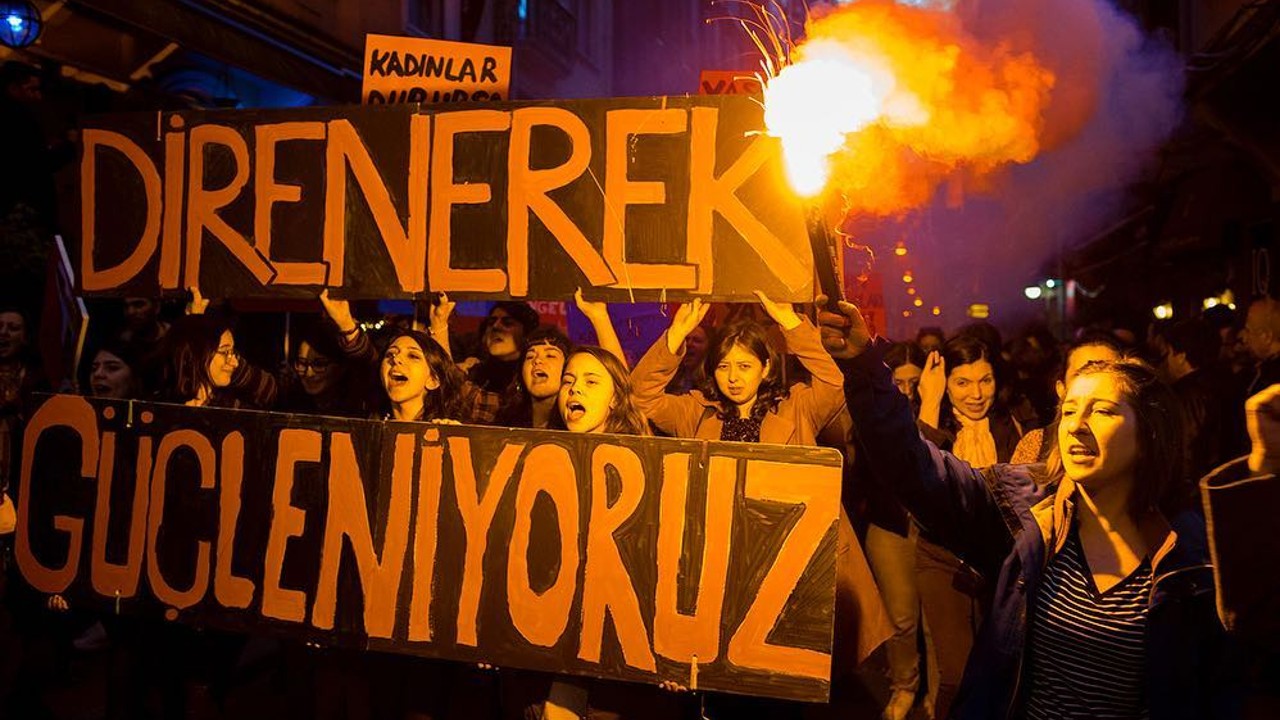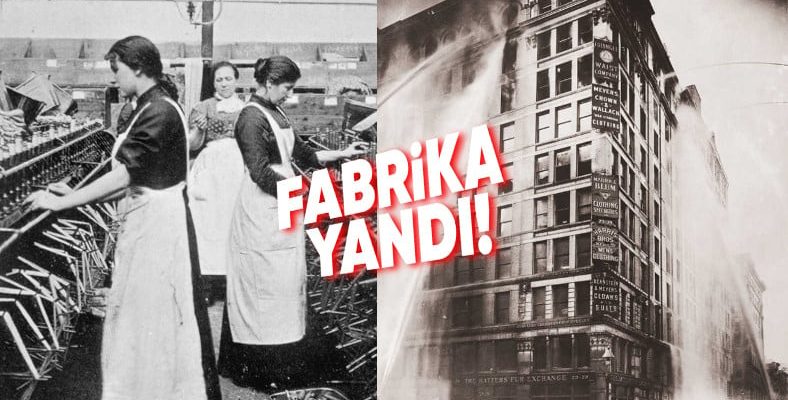It would be more accurate to call March 8, which we know as International Women’s Day, “Working Women’s Day” because it was the socialist women workers who first ignited the fuse of this special day. Women’s uprisings, whose roots date back to the 1800s, would lead to March 8 being celebrated as “International Women’s Day” after witnessing a terrible and impressive event. If you are ready, let’s see how this special day called March 8, International Women’s Day, came to be.
March 8, International Women’s Day; It is celebrated every year all over the world. Expressing demands for equality in social life, ensuring gender equality, in short draw attention to women’s rights All women come together and organize protests, shout slogans, march, dance, hug each other, organize seminars or send messages of support to each other on social media platforms.
Unfortunately, we still have a long way to go to achieve a more equal position for women in social life. However, it should not be forgotten that all the rights gained so far were achieved by women’s unity and struggle. The story of March 8 International Women’s Day This content we are talking about is for all struggling women and let them all celebrate March 8, International Women’s Day!
When we look at the history of March 8, International Women’s Day, we can see that women’s struggle against inequalities in business life dates back to the 1800s.
Throughout the late 19th and early 20th centuries, industrial workers, especially women, were forced to work in dangerous factories. for very little fee They worked. Women during these periods were also coming together to fight for other rights, such as workers’ rights and voting.
“International Women’s Ready-made Garment Workers Union”, one of the largest unions voicing the concerns of female workers and men also joined this union.
They wanted to have equal conditions with male employees.

It was initially difficult to get working women to join unions for a variety of reasons, including class and race struggles, but by the early 20th century, the interests of working-class women fighting for workers’ and human rights were, in their words, “primarily focused on ensuring equality with male employees” It aligned with the interests of middle-class feminists.
Working-class women working in industrial areas at the time They were doing the work in dangerous conditions and they received lower wages than men doing the same jobs. The center of factory work done by women was ready-made clothing.
Riots increased in the early 1900s, and in 1909 a strike of 20,000 women shirt manufacturers began, lasting 14 weeks.
This was more than a strike. It was a common rebellion of an exhausted gender. The uprising attracted attention in many areas. Societies, that women can also be warriors and defend their rights met. They even saw that Jews, immigrants and young girls could also organize.
The deaths that occurred at the Triangle Shirtwaist Factory in New York in 1911 would spark International Women’s Day on March 8.

In March 1911, a fire broke out in a shirt factory, and the doors through which the women could escape were locked by the police. Some had to jump from the 9th floor of a 10-storey building to escape the flames. your victims average age was 21 and most were Jewish or Italian immigrants. For some reason, all the senior men in the factory survived the fire, but 123 women were burned alive.
This event became a milestone. There was a silent funeral march attended by more than 100,000 people. Fire broke out in the factory conditions faced by female workers once again and gave impetus to International Women’s Day events.
The fire would be cited many times as a vivid example of the horrors that female workers had to endure in an unjust economic order.
A few days after the tragedy, socialist and union activist Rose Schneiderman said:
“This is women’s It’s not the first time he’s been burned alive. Every week I learn of the untimely death of one of my worker sisters. Thousands of us get injured every year. While the lives of men and women are very cheap, property is very sacred. A lot of blood was shed. “The only way we can save ourselves is with a strong working class movement.”
March 8, International Women’s Day, took its current form over the years.

After decades of people around the world commemorating March 8 as International Women’s Day, in the 1970s some U.S. schools began celebrating “Women’s History Week.” In 1977, the United Nations General Assembly decided on March 8 “United Nations International Women’s Day” It adopted a resolution proposing that it be officially celebrated and recognized under its name. In 1987, the governors of 14 states in the USA recognized the month of March as “Women’s History Month”.
All these developments paved the way for March 8 to be celebrated as International Women’s Day. Today, it is celebrated with various events in different cultures and geographies, and the importance of women’s rights is emphasized. Hoping for a future where gender is placed on an equal footing, Happy International Women’s Day!
Bonus: Here are some inspiring movie suggestions to watch on March 8, International Women’s Day!
- Suffragette: It is about women’s struggle for the right to vote in England in the early 20th century.
- Hidden Figures: Hidden Figures tells the fascinating story of three African American women working at NASA.
- Frida: In the film, the life of Frida Kahlo, the great artist and a figure of feminism known to us, who inspires struggling women, is depicted.
- Little Women: Little Women tells the story of four sisters living in 19th century America; It deals with issues such as women’s social roles, education rights, career opportunities and their search for independence.
- Joy: The film, starring Jennifer Lawrence, tells the story of a woman who started a business on her own and achieved great success, inspired by a true story.
- Mulan: Mulan, one of Disney’s animated classics, tells the story of a woman with a strong character finding herself and fighting.
- Queen of Katwe: Phiona, a biographical drama film, tells the life story of Phiona Mutesi. Our character realizes her potential by challenging the harsh living conditions of a girl and gender norms in society.
- 20th Century Women: The female characters in the film stand against the social norms of the time and strive to find their own identities. The relationships and solidarity between each other give courage to all women watching.
Good luck to all our readers in advance!
Our other content that may interest you:
RELATED NEWS
Where Does the Word “Pride” Used by LGBTI+ Individuals Come From?
RELATED NEWS
Who is Marie Curie, the first woman to win the Nobel Prize for her work and the discoverer of the element radium?
RELATED NEWS
